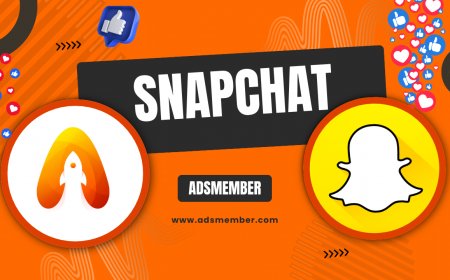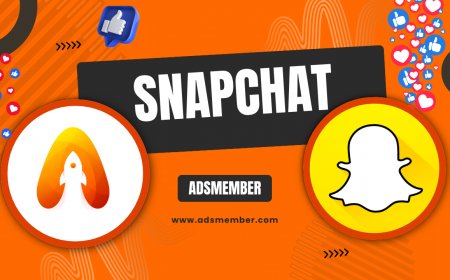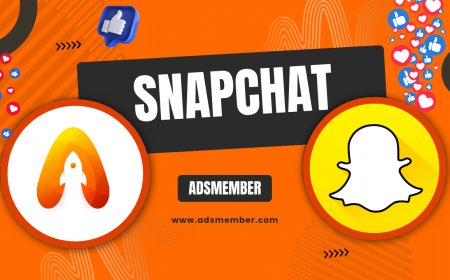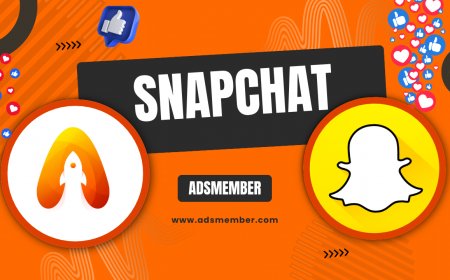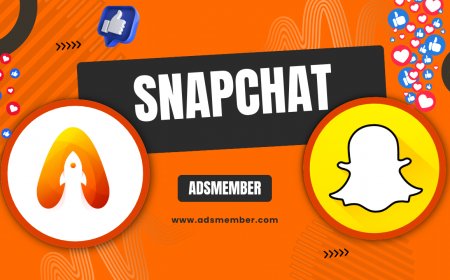How Solar System Snapchat Boosts Your Friend Connections
Discover how Solar System Snapchat ranks friends as planets to boost connections. Learn tips, insights, and unique ways to use this fun feature for better…
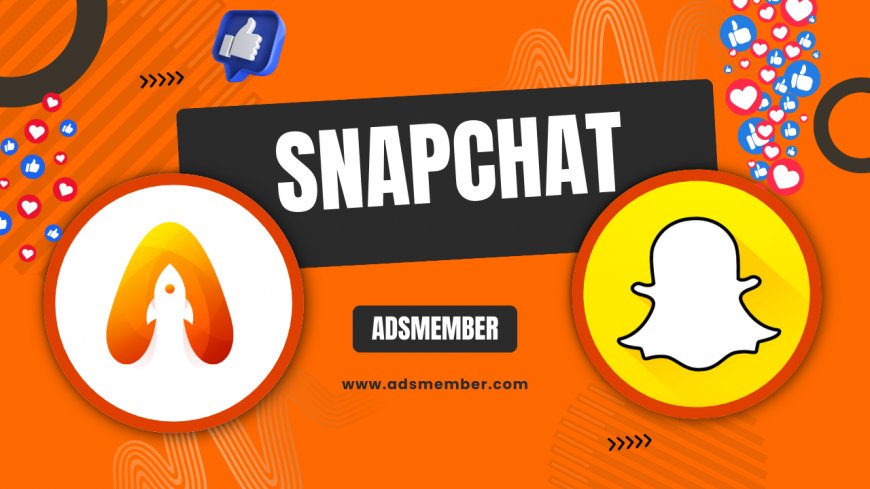
Hey there, Snapchat fans! If you’ve noticed a quirky ‘Solar System’ feature popping up in your app, you’re not alone. Snapchat’s Solar System ranks your top friends as planets, with you as the Sun, based on interaction frequency. Honestly, it’s such a playful way to visualize your closest connections! I’ve been geeking out over this update since I first saw my bestie as Mercury (closest to me, naturally). In this guide, I’ll break down how Solar System Snapchat works, why it’s a game-changer for engagement, and some insider tips to make the most of it. Let’s dive into this cosmic feature!
What Is Solar System Snapchat?
If you’re scratching your head about Snapchat’s Solar System, let me clarify. This feature, introduced in early 2023, visually ranks your top eight friends as planets orbiting you, the Sun. The closer the planet, the stronger your bond—think daily snaps and chats. It’s based on your interaction data, like streaks and message frequency. I find it super cool to see my inner circle mapped out this way. It’s not just fun; it subtly nudges you to stay connected.
How Does the Ranking Work?
The mechanics behind Solar System Snapchat are straightforward yet fascinating. Mercury represents your #1 friend (most interactions), while Neptune is your 8th closest. Snapchat’s algorithm analyzes your activity over the past week or so—think snaps sent, chats, and streak consistency. In my opinion, this dynamic ranking keeps things fresh; I’ve seen my ‘Mercury’ switch after a weekend of non-stop snapping with someone else! It’s a clever use of gamification to encourage engagement.
Why Solar System Snapchat Matters for Engagement
Let’s be real—Snapchat thrives on keeping users hooked, and Solar System does just that. By turning friendships into a visual hierarchy, it taps into our natural curiosity. Who’s my closest planet? Why did someone drop to Uranus? I’ve caught myself snapping more just to ‘rearrange’ my solar system. According to Statista, Snapchat boasts over 750 million monthly active users as of 2023 (Statista), and features like this are why. It’s emotional, competitive, and downright addictive.
Emotional Connection Through Visualization
Seeing my friends as planets orbiting me feels oddly personal. When my childhood buddy showed up as Venus, I couldn’t help but smile—it reminded me to keep that bond strong. This visualization isn’t just cute; it triggers nostalgia and a desire to reconnect. Snapchat knows how to play on emotions, and in my opinion, that’s why Solar System is a hit. It’s less about data and more about feelings.
How to Access and Use Solar System Snapchat
Ready to explore your own cosmic crew? Accessing Solar System Snapchat is a breeze, though it’s tied to Snapchat+ (the premium subscription). Head to a friend’s profile, tap their Bitmoji or friendship badge, and if you’re subscribed, you’ll see their planet ranking. I was bummed at first that it’s behind a paywall, but the $3.99/month fee feels worth it for extras like this. Pro tip: Check your rankings daily—they shift based on activity!
Steps to Check Your Solar System
- Open Snapchat and go to your friend list.
- Tap on a friend’s profile or Bitmoji.
- Look for the ‘Best Friends’ or ‘Solar System’ badge (Snapchat+ required).
- See their planet ranking—Mercury to Neptune.
- Tap to view the full orbiting animation of your top 8.
Honestly, watching the animation feels like a mini reward every time!
Unique Tips to Maximize Solar System Snapchat
Want to stand out with this feature? Here’s where my experience kicks in. I’ve played around with Solar System for months, and I’ve got some tricks up my sleeve. First, use it to spark conversations—snap your ‘Mercury’ friend a screenshot of their ranking with a funny caption like ‘You’re my closest orbit!’ It’s a great icebreaker. Also, if you notice someone slipping to outer planets, send a quick streak to bump them up. It’s a subtle way to show you care without being clingy.
Turn Rankings Into a Game
Here’s a unique idea: Create a weekly challenge with friends to ‘climb the solar system.’ Whoever sends the most snaps or keeps the longest streak gets to be Mercury by Sunday. I tried this with my group chat, and it was hilarious watching everyone compete. Engagement skyrocketed, and Snapchat’s algorithm loved it. Check out more fun Snapchat ideas on our Snapchat Tips page for inspiration!
A Personal Story: My Solar System Surprise
I’ll never forget the day I noticed my sibling had dropped to Saturn. We’d been busy, and I hadn’t snapped them in days. Seeing them so far out hit me hard—I felt guilty! So, I started a new streak, sent silly filters, and within a week, they were back to Earth. This feature isn’t just fun; it’s a wake-up call to nurture relationships. In my opinion, that’s the real magic of Solar System Snapchat. It’s more than a gimmick; it’s a reminder to stay close.
Visualizing Data: My Solar System Infographic

I created this infographic to map out how rankings feel visually. It’s one thing to read about it, but seeing the orbit distances really drives home the hierarchy. What do you think of your own solar system?
What Does Snapchat Say About Solar System?
Snapchat’s official blog describes Solar System as a way to ‘celebrate friendships’ through fun visuals. They’ve noted that Snapchat+ users love the exclusivity, and feedback has been overwhelmingly positive. I’ve seen mixed reactions, though—some friends find it creepy to be ranked. What’s your take? Snapchat’s support page (Snapchat Help) has more on opting out if it’s not your vibe.
“Solar System lets you see your closest connections in a fun, cosmic way. It’s all about celebrating bonds!” — Snapchat Team
FAQ: How Does Solar System Snapchat Update Rankings?
Solar System Snapchat updates rankings dynamically, usually based on your interactions over the past 7–14 days. Snaps, chats, and streaks all factor into the algorithm. If you’re snapping someone daily, they’re likely to stay close, like Mercury or Venus. I’ve noticed shifts after just a couple of active days, so it’s pretty responsive!
FAQ: Is Solar System Snapchat Available for Free?
Sadly, no. Solar System is exclusive to Snapchat+ subscribers, which costs $3.99/month. I was hesitant to pay at first, but the added perks—like custom app icons and this feature—make it worthwhile for heavy users. Check Snapchat’s subscription page for a free trial if you’re curious.
FAQ: Can Friends See Their Solar System Ranking?
Yes, but only if they’re also Snapchat+ users. They’ll see their ranking on your profile under the friendship badge. I’ve had friends laugh about being ‘stuck on Pluto’ (even though it’s Neptune now). It’s a fun convo starter, but you can disable it in settings if it feels too personal.
FAQ: How Accurate Is Solar System Snapchat?
In my experience, it’s pretty accurate for reflecting recent activity. If I’m snapping someone non-stop, they’re almost always Mercury. However, it doesn’t account for offline bonds or older history—just current app interactions. So, don’t take it as the ultimate friendship meter, just a fun snapshot!
What's Your Reaction?
 Like
0
Like
0
 Dislike
0
Dislike
0
 Love
0
Love
0
 Funny
0
Funny
0
 Angry
0
Angry
0
 Sad
0
Sad
0
 Wow
0
Wow
0




































